I read that in a quartz crystal:
For a series-resonant crystal, the crystal current is the RMS voltage across the crystal divided by the crystal internal series resistance. Meanwhile, for a parallel-resonant oscillator, the crystal current equals the RMS voltage across the load capacitor divided by the load capacitor's reactance at the oscillator frequency.
The model given on the site is:

The bold context confuses me. It's like saying that the impedance of the whole LC tank circuit at parallel resonance is equal to the reactance of the load capacitance Why is that?
What I only know is that impedance is max at parallel resonance but I don't know why the max impedance in this configuration is equal to the load cap
source:https://www.maximintegrated.com/en/design/technical-documents/tutorials/7/726.html
